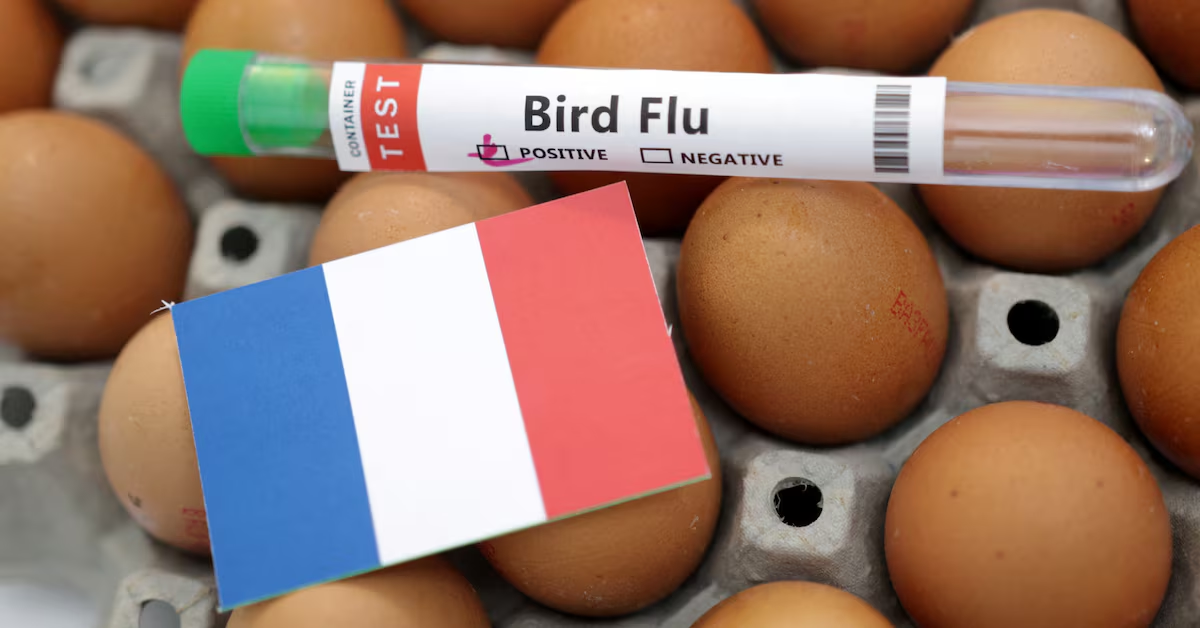The spread of avian influenza, commonly known as bird flu, has severely impacted poultry populations worldwide, driving up food prices and causing disruptions in supply chains. Growing concerns over the virus’ transmission to mammals, including dairy cows in the US, have heightened fears of a potential pandemic.
The H5N1 strain has caused significant damage to poultry and resulted in one human fatality in the US. Meanwhile, the H7N9 strain remains a major threat to human health, with a high fatality rate of 39%, claiming 616 lives out of 1,568 cases since its detection in China in 2013, according to the World Health Organization (WHO).
While the WHO notes that both H5N1 and H7N9 strains are not easily transmitted between humans, the latest H7N9 outbreak in the US has raised alarms. The virus was detected on a Mississippi farm housing 47,654 commercial broiler breeder chickens, with confirmation from the World Animal Health Organization on March 13.
The initial response to the outbreak was hindered during the early weeks of the Trump administration, as federal agencies canceled key briefings and meetings with state animal health officials. However, coordination efforts have since resumed, with the US Department of Agriculture (USDA) committing $1 billion to contain the virus and prevent further spread.
Health authorities are urging continuous surveillance and precautionary measures to mitigate the risk of a widespread outbreak.



